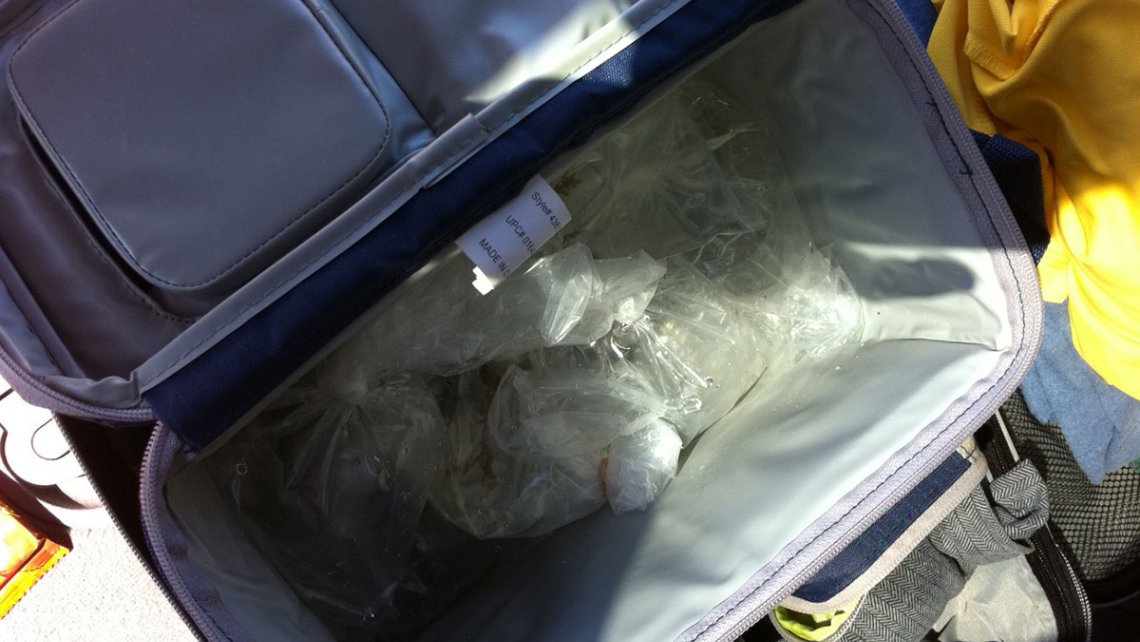Bringing home corals on a plane
Bringing home livestock on a flight can be challenging, but it sure is nice to get your newest acquisitions into your quarantine system as soon as you get home rather than having someone ship them to you a day later and worry about the transit times. Plus it costs extra to ship overnight when you are already taking a plane home!
Normally, all coral frags are packed in a styrofoam cooler and checked as luggage. I've done this several times successfully. I've also used collapsible coolers that fit inside my suitcase, placing my the laundry around the cooler to cushion it during the trip and luggage handlers. One year coming back from MACNA XVII, I thought perhaps a bucket would be a wiser choice because it was quite sturdy. I only had 9 frags to bring home, and the buckets on display were empty at the show. Seachem gave me one, and I lined it with foam, and padded it with newspaper.
Once I got to the airport, security took it all apart, sniffed and studied everything carefully and allowed me and my future reeflings to pass. All the TSA agents were given my business card so they could learn more about the hobby, naturally.
Livestock traveled safely on the plane up in the front where odd-shaped carry-on stuff needed storing. It's probably for first class passengers, but I was quick and scurried off before the flight attendant could object loudly. ;) When I got home, the first thing I did was bring in my bucket and inspect the contents.
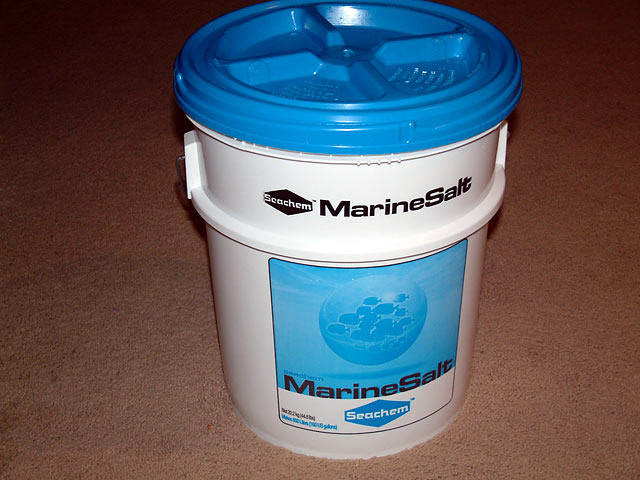
These lids unscrew. All you do is hit it with a hammer on a specific spot to release it from its locked position. Of course I missed and hit my own shin!!
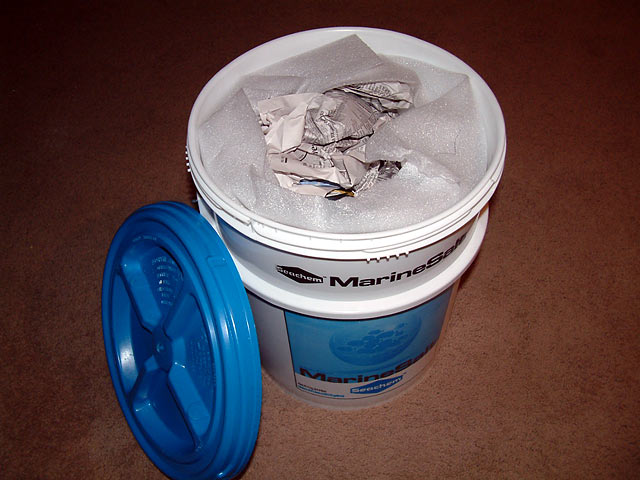
The packing material was still dry.
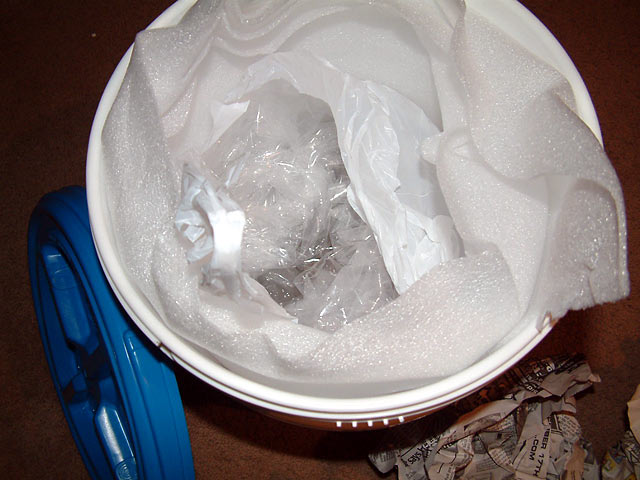
Here's the livestock still safely in their individual bags.
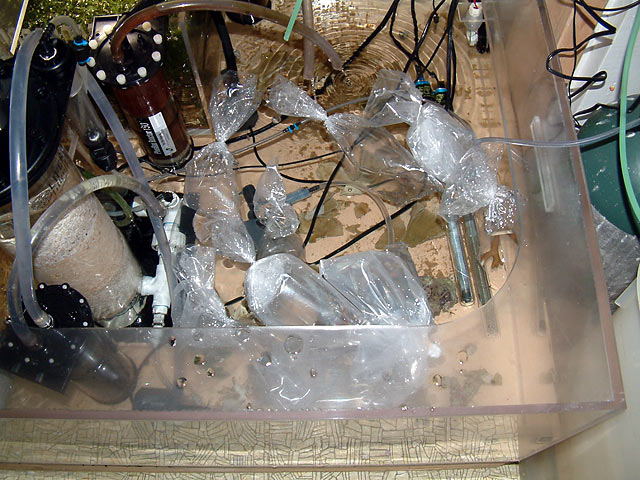
All were floated in the sump under my reef to match temperature. Below you can see them individually. First, a purple tipped acropora.
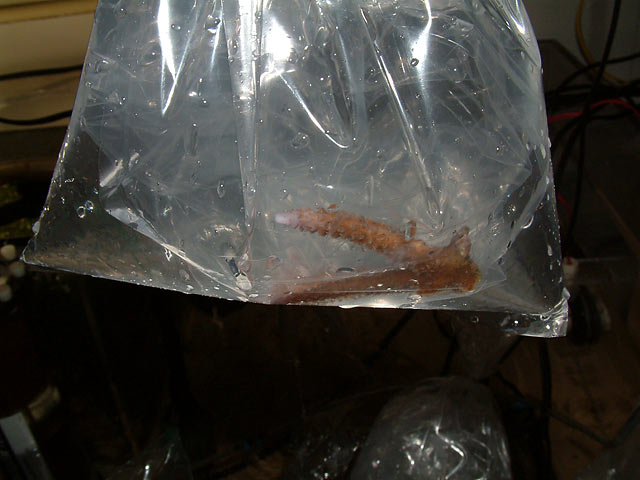
A very hairy and happy A. millepora.
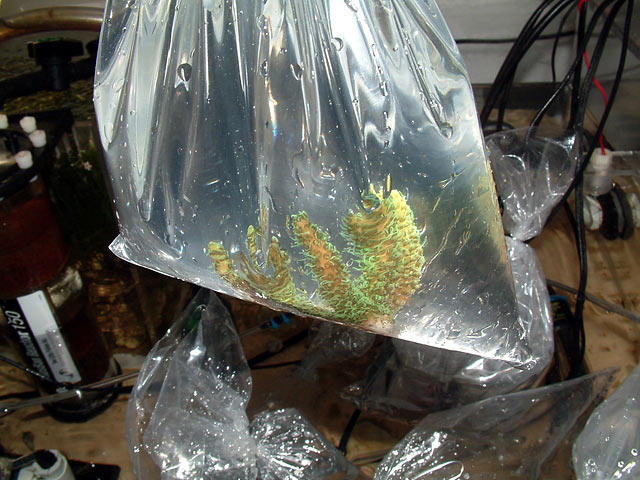
A green montipora foliosa with a purple rim.
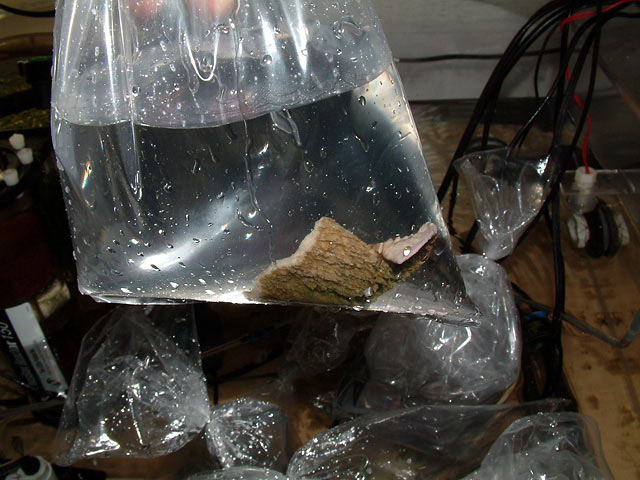
Another acropora.
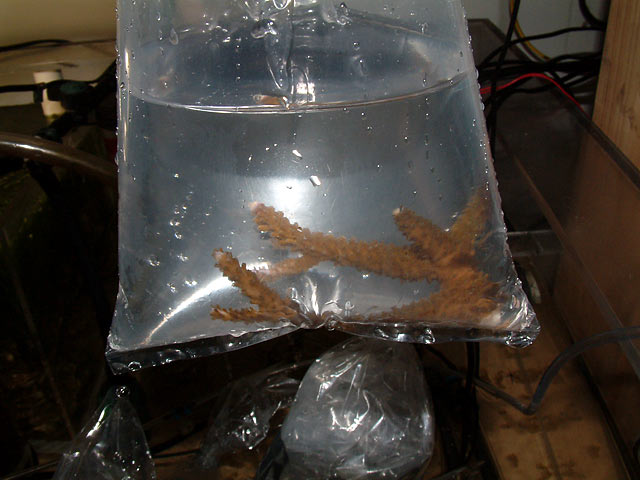
This is a Dendrophyllia. These are popular for nano tanks. They are similar in appearance to suncorals (Tubastrea), but each polyp is about three times as large. Plus they stay open during the lighting period.
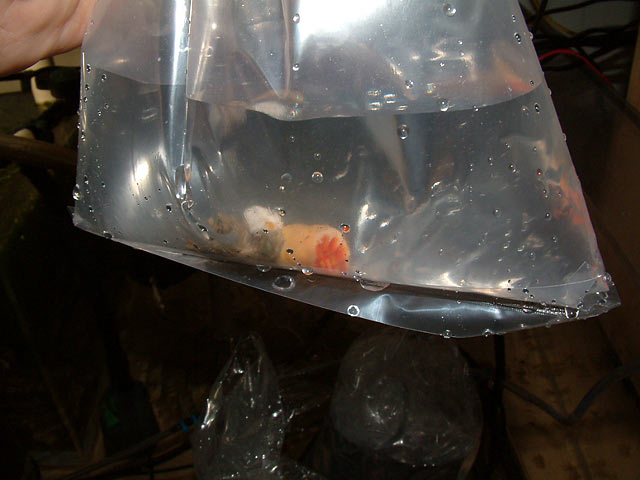
Another acropora.
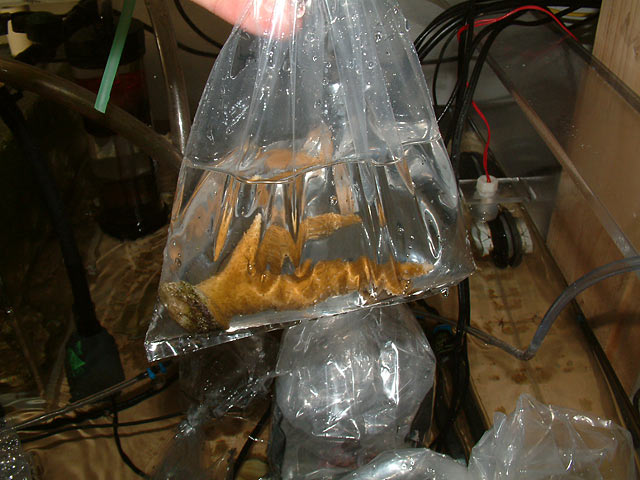
Bright pink Solomon Island Pocillopora damicornis.
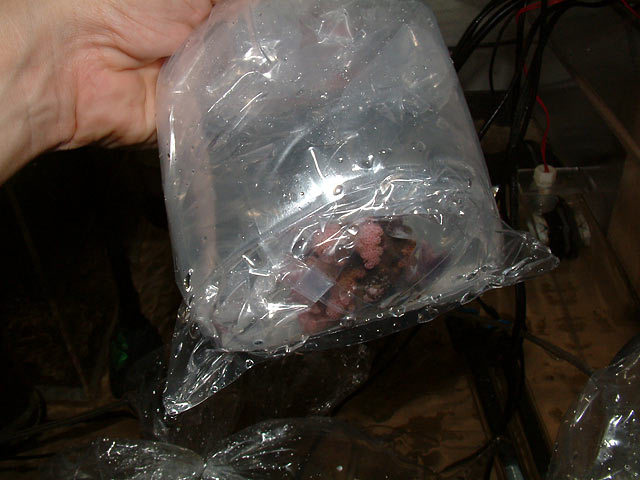
I believe this is a A. milleopora as well, with blue tips.
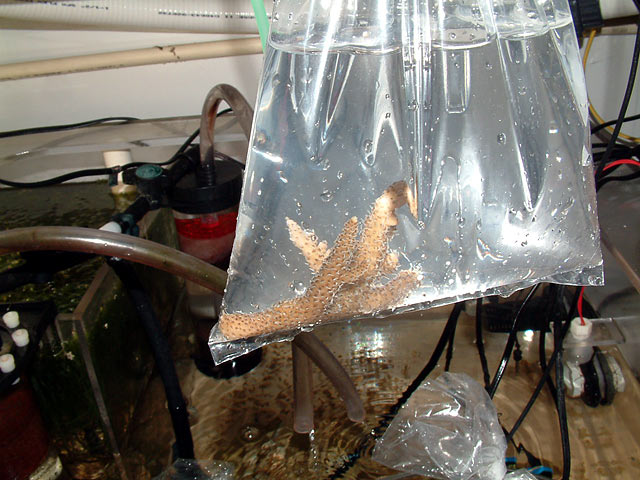
Some other acropora whose name I don't recall. Once everything was temperature acclimated, it was unpacked and placed in the QT. A few days later, I can dip them for pests, and then place them in my reef.
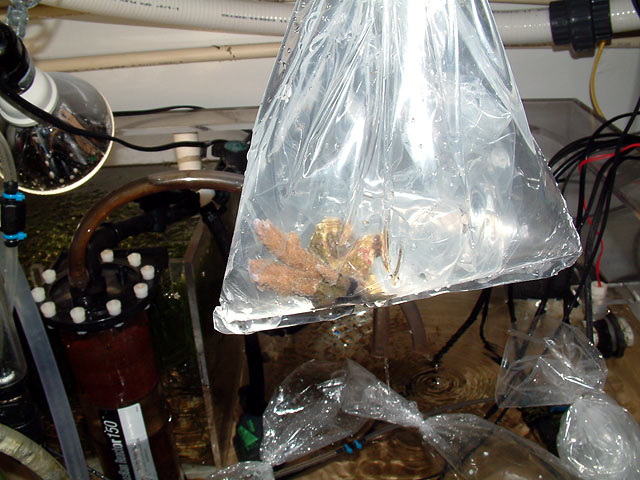
I've had people ask me about taking corals on a plane, and if they needed permits:
I've gotten frags from hobbyists as well as vendor. If they are tank raised (he grew them himself), I can't imagine why any official would ask for a Cites Permit. If I'd flown to Fiji and took something from the ocean, or purchased it from a vendor overseas, that might be different.
What happens when you get to TSA or when you try to check your bag / luggage:
In the past, when I brought home corals from MACNA, I'd pack them carefully in a box that was checked as luggage. It would be a styrofoam cooler in a cardboard box, filled with frags in bags of water. When checking in, I'd take my open box to TSA for them to inspect them carefully, explaining they were live corals. They would then tape the box shut, and I'd request they put my box in a rubbermaid bin so that the box would be crushed between luggage. That didn't always work, but I requested it just the same. It's even better if they use their TSA tape to tape the box into the bin, so it stays as one piece.
Prior to 9/11, you could just take your bagged corals and fish in a soft cooler as carry on. One year I brought home about 9 frags in a salt bucket that I used to carry them home (as seen above).
TSA said the bucket had some type of gunpowder-like residual on it, and had to test it with various pads & sniffers, plus take every frag out. That was a little crazy, considering the vendor had brought empty buckets to the event for their display. Apparently some household cleaners can register as a questionable risk. I ended up talking to the five inspectors about the frags and their origins, and gave each of them my website business card so they could learn more about our hobby. Once they were done with their inspection, I repacked it carefully, and boarded the plane. The flight attendant saw my bucket, and was about to question me about it, but I just put it in their first little storage cubby where First Class sticks their golf clubs (LOL) and walked back to my seat after telling her that TSA said it was fine. I knew she didn't like it, but walked away like it was a done deal, and fortunately all the frags made it home intact.
What happens with TSA if you bring corals with on as carry on?
It never even came up during my security check. My stuff went through the machine, and I put my camera and laptop back in my backpack, and my iPhone and wallet in my pockets, and put my shoest back on. On the two flights home, it was in the overhead bin. I don't have any liquid in my bag, and don't mention the frags. If they were to inspect and ask about them, of course I'd explain what they were.
Can you bring fish with you on a plane?
I've never attempted it with a single fish. I've read that you can do so, but should contact the airline in advance to work out any possible snags. TSA will accept fish in bagged water because if the fish can swim around, the liquid must be water. If it was anything else, the fish would be dead, logically. I have brought home some fish from California once, but the airline official fought me tooth and nail when I wanted to check the box as one additional piece of (paid!) luggage. TSA repeatedly told me it was fine with them, but the airline representative was in rare form that day and would have nothing of it. I missed one flight arguing with them, and ended up having to call a friend to have them ship it as cargo with their commercial account. It was a nightmare because I ended up having to pay for a hotel near the airport to be nearby for the later flight that arrived the next day, then I had to rush home to see what survived. They weren't packed for a 24 hour ordeal; I was supposed to have them home within six hours. I don't want to ever have to deal with again. I'll buy my fish locally, or order them online.
Wrapping corals in wet paper towels
Another method that I've used was to carry corals that damp in my carry-on. Prior to heading to the airport, corals are bagged up with water as usual. If I'm coming directly from the LFS, or if I"m coming from a person's home, they bag it up with water and I ask for extra bags and some paper towels. At the airport before I go in, I'll soak the paper towels in saltwater from the bagged coral, roll the coral up loosely and place it in a ziplock bag as pictured below. Each coral is handled the same way, and placed in my camera bag in an empty compartment. I press out most of the air so it doesn't take up space and keep the pieces snugly together.
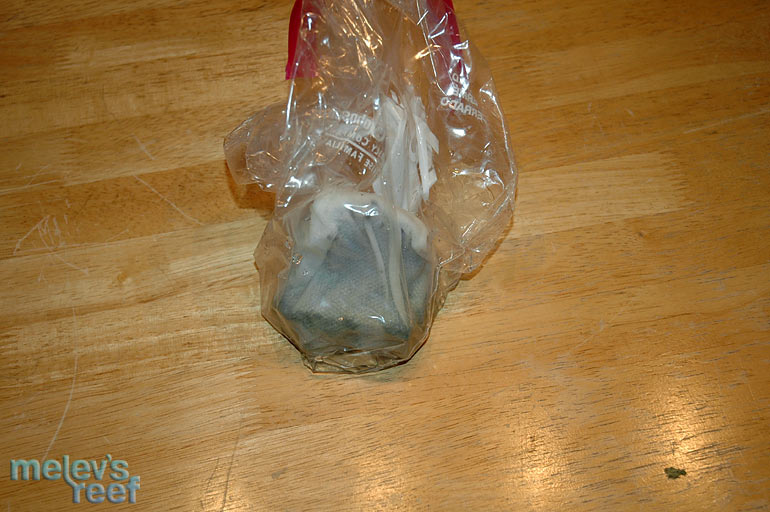
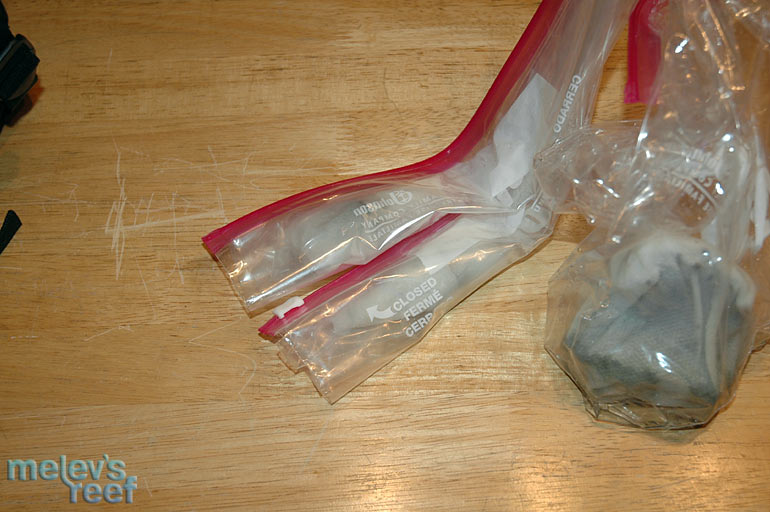
They traveled in my camera bag that I had with me as carry on during the flight. I had it in the overhead compartment until we landed. I don't unzip it until I'm at my car to maintain the temperature within the backpack. When driving, I'll make sure the corals are temperature controlled, not leaving the bag in direct sunlight.
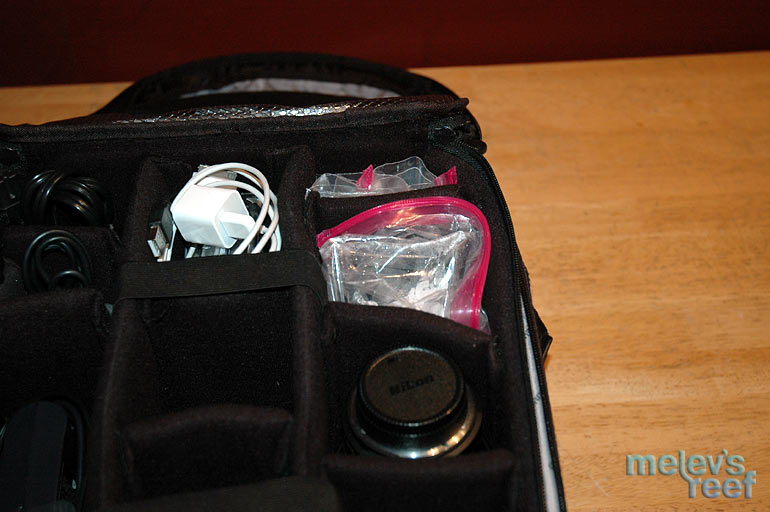
Once home, corals are quickly floated in the quarantine tank to acclimate the temperature. 20 minutes later, I'll unwrap them and place them in the tank on a frag rack.
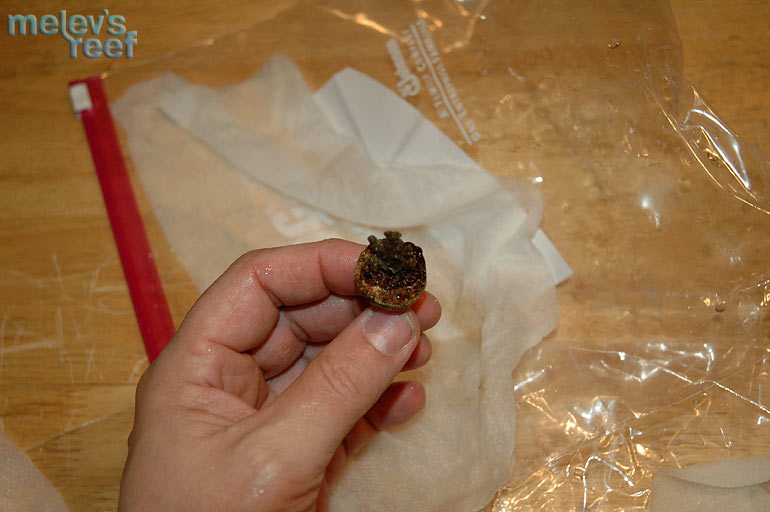
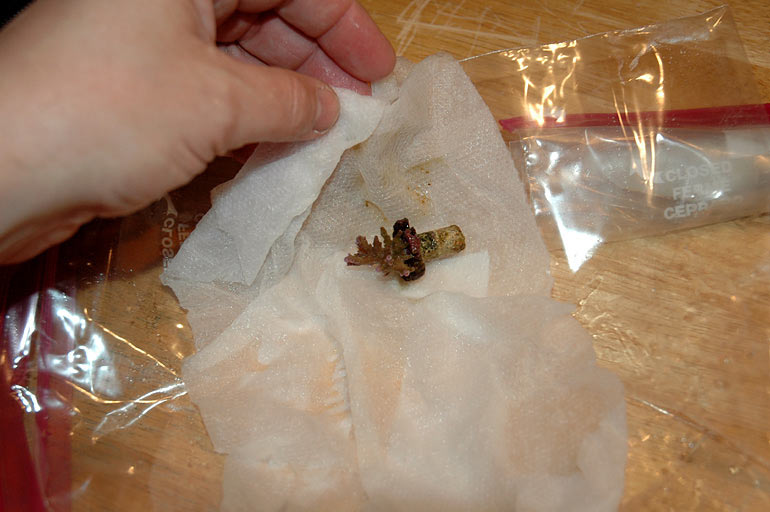

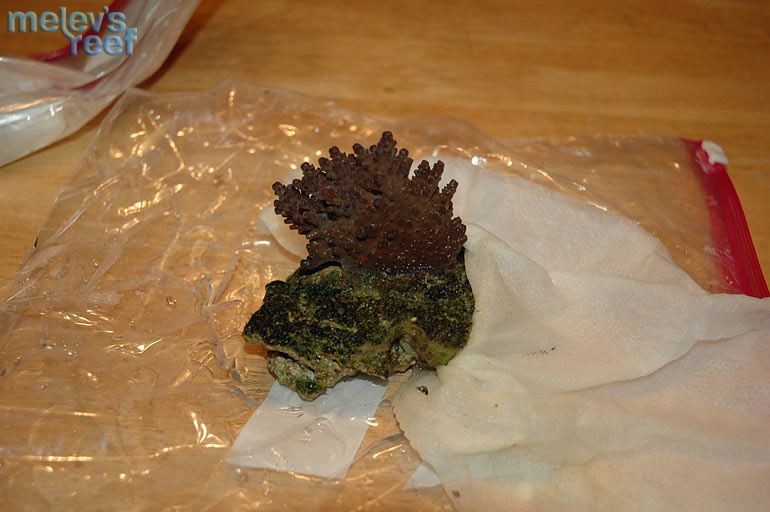
Here are the corals in my quarantine tank, a day later.
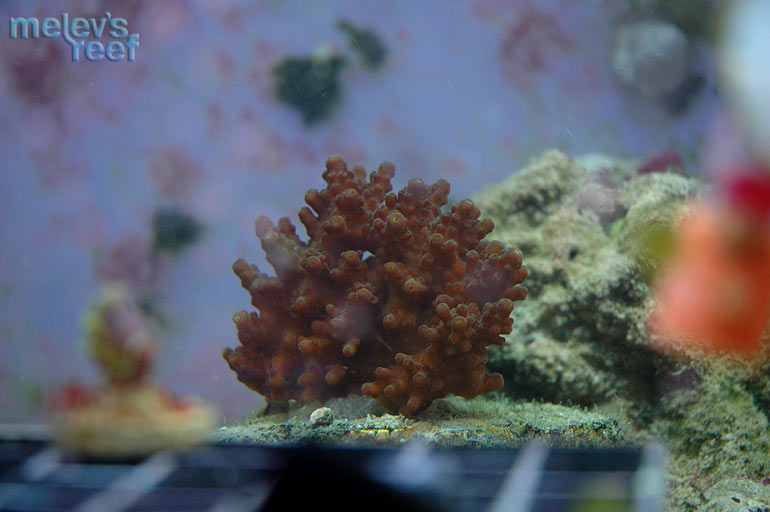
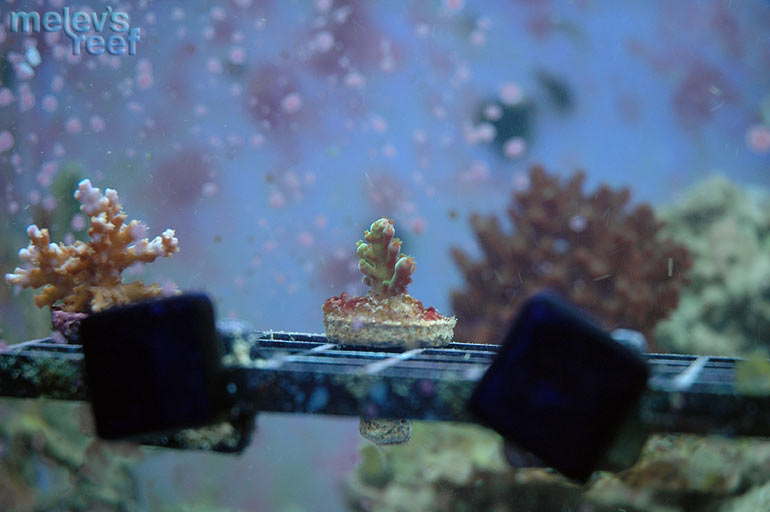

Bringing home corals doesn't have to be a huge headache if you plan ahead.
Additional reading:
Impulse buying
Frags from Florida
